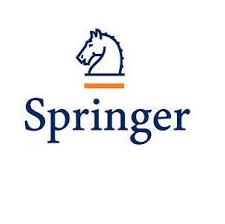7 Summary and conclusions
Previous research showed that the capacity design rules of current seismic codes may not be effective for tall steel MRFs with viscous dampers under strong earthquakes due to high axial force demands in columns. To address this issue, steel MRFs with viscous dampers of different stories were designed according to Eurocode 8 along with using a slightly modified conservative capacity design rule. According to this rule, the axial force for the capacity design of a column in the force path of viscous dampers is calculated as the envelope of the axial force from the peak drift state, and, the axial force from the peak velocity state times a scale factor. This envelope axial force value along with the bending moment and shear force from the peak drift state are used to carry out the capacity design of the column by using the formulae of Eurocode 8, i.e. in the same way with a conventional steel MRF without dampers. Incremental dynamic analyses for 44 earthquake ground motions were carried out for all steel MRFs with and without viscous dampers. The results of analyses show that the modified conservative capacity design rule results in highly damped steel MRFs with plastic mechanisms similar to those of steel MRFs without dampers. Moreover, the proposed capacity design rule becomes stricter for buildings with more than 10 stories to address that available analysis methods for structures with dampers underestimate the peak damper forces in the lower stories of yielding tall steel MRFs. The aforementioned scale factor is equal to 1.0 for buildings with less than 10 stories and equal to 3.5 for buildings of 20 stories. Linear interpolation is suggested to approximately calculate the appropriate scale factor value for buildings with number of stories between 10 and 20; though more research is needed to establish its value with more accuracy. In particular, buildings with different geometries, supplemental damping ratios and/or nonlinear viscous dampers should be examined.








